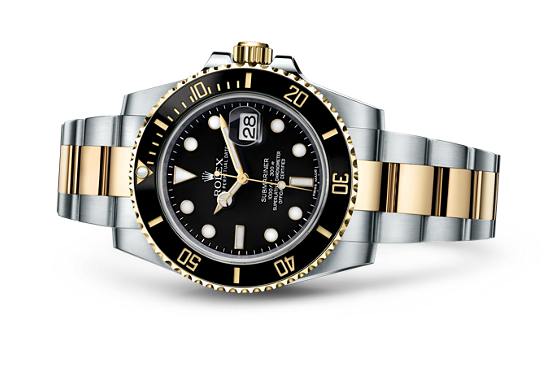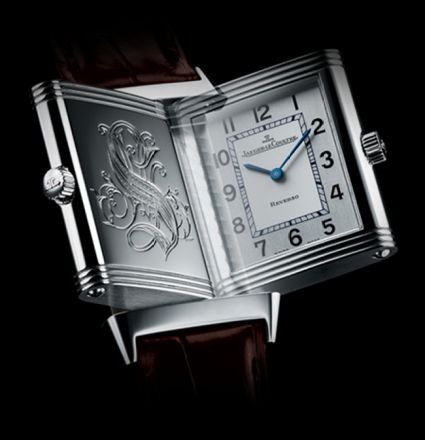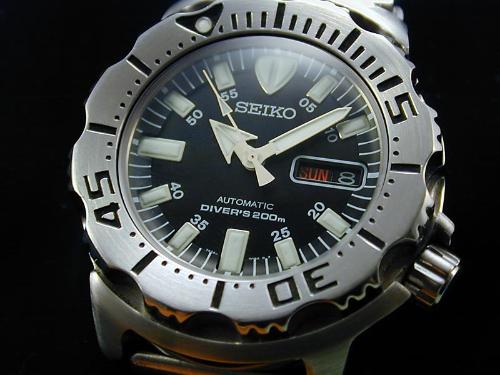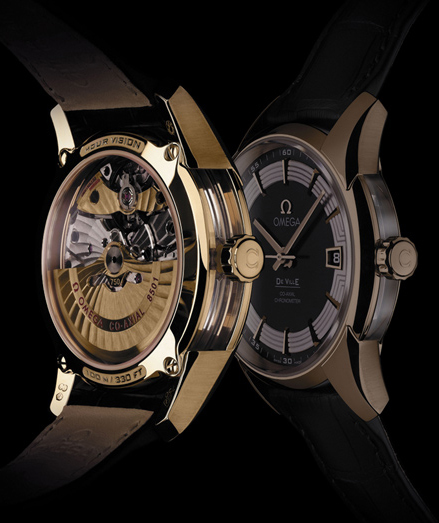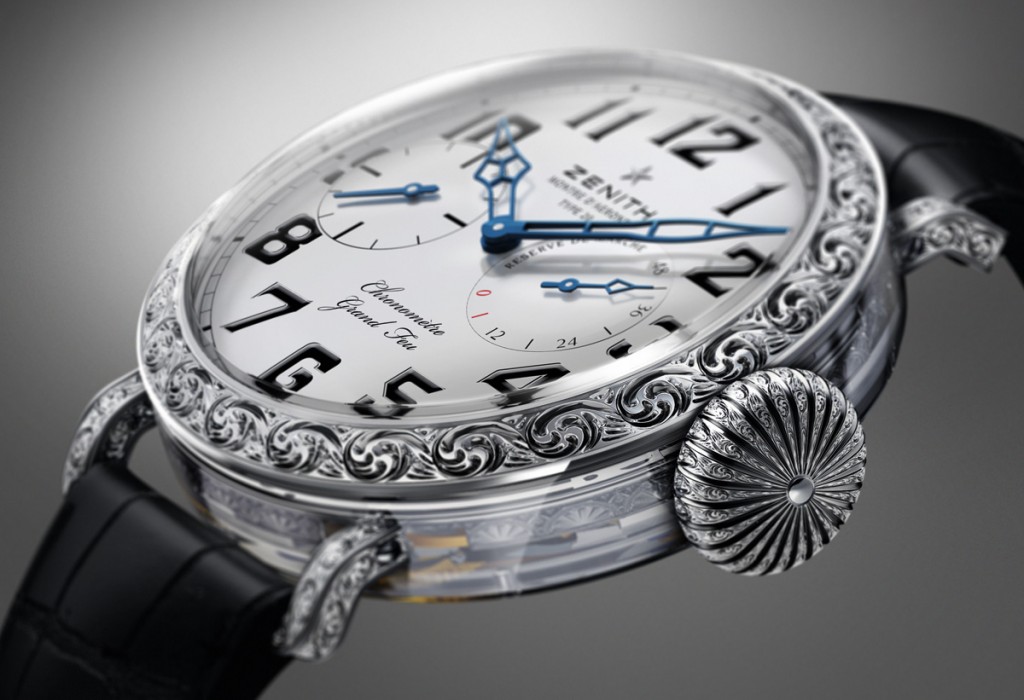Crystal Clear – Answering Questions About Watch Crystals
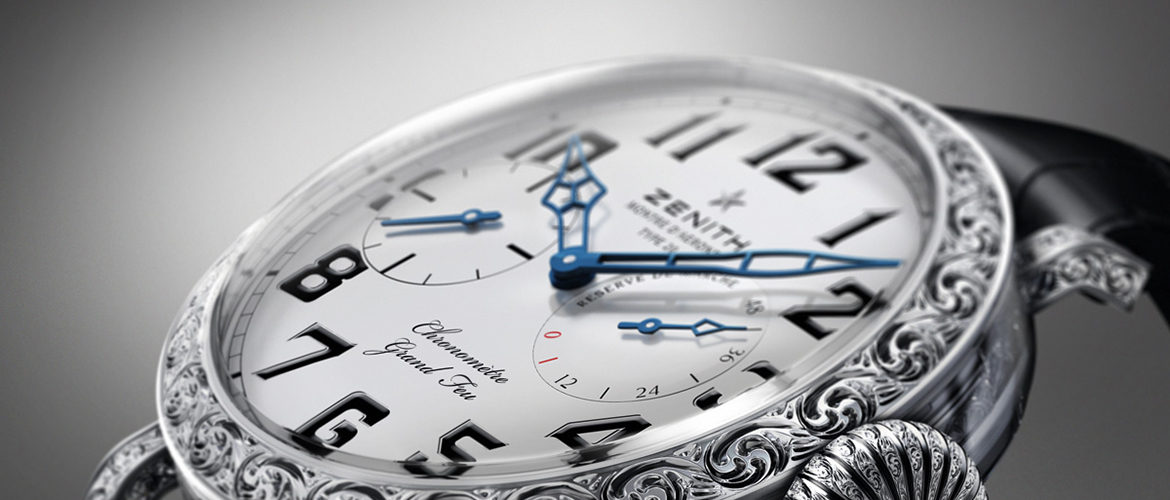
Glass. Mineral. Sapphire. Hesalite. Acrylic. Polycarbonate. The sheer range of materials employed to cover the dials and display backings of wristwatches can render the subject rather… opaque.
Many readers of online watch reviews feel an understandable sense of confusion when poring over the encyclopedia of names applied to watch crystals. Buyers seeking clarity on the matter ask a number of common and entirely reasonable questions pertaining to the types and relative advantages of the different crystals.
For the vast majority of users, the most desirable of these materials is corundum, or artificial sapphire. Readers of contemporary watch reviews quickly realize that “sapphire” dominates the online discussion of modern timepieces. Fundamentally, the corundum crystals on luxury watches are of the same chemical composition as rubies. However, this material is known as “ruby” only when colored red or pink by the presence of chromium; all other tints, including the man-made clear variety, are known as sapphire. When watch aficionados speak of sapphire, they speak of this material.
Sapphire is exceptional for two reasons. First, it features a Mohs scale rating of nine, which means that it ranks second only to diamond in hardness. This allows a sapphire watch crystal to withstand almost any abrasive encounter without scratching. Second, pure synthetic sapphire will take and hold a superb optical finish, and the material creates very little optical distortion. Four times harder than quartz, sapphire is the “Cadillac” of watch crystal materials and the default choice among luxury watchmakers.
Due to the expense of cutting and finishing sapphire, it is rare on new watches with retail prices below $1,000 U.S. dollars. Moreover, the economic feasibility of sapphire crystals developed slowly between the late 1970s and the late 1980s, so this material is rare on watches over 30 years old.
Rolex, which serves as a point of reference for the industry, adopted sapphire on a timetable that is representative of the broader watch industry’s embrace of the material. While the first Rolex reference to utilize sapphire appeared in 1970 (a pioneering quartz model, no less), the introduction of sapphire to the mass-produced model lines did not begin until the Ref. 1680 Submariner of the early 1980s; the full-line transition was completed in the early 1990s.
Hesalite and acrylic are two words used to describe essentially the same thermoplastic synthetic material. First used on watches during the 1930s, World War II’s large-scale industrial demand for shatter-resistant airplane canopies and optical panels allowed the material to reach maturity by the 1950s. Many mid-century vintage watches employ Hesalite/acrylic to produce optically superior, impact resistant, and easily replaced crystals.
Although acrylic crystals are far easier to scratch than their sapphire counterparts, they are also less susceptible to shattering or fracturing upon impact. Omega’s Speedmaster Professional chronograph, which remains NASA-rated for space flight and extra-atmospheric tethered walks, continues to employ an acrylic crystal as a precaution against shrapnel-like zero gravity fragmentation. Moreover, acrylic crystals are easy for a watchmaker to polish and refinish with buffing tools, and they are inexpensive to replace when the damage is too great to remedy.
Polycarbonate is a more advanced thermoplastic cousin of acrylic. It was commercialized approximately twenty years after acrylic, and it is best known by the brand name “Lexan.” Polycarbonate is slightly more expensive to produce than acrylic, but it offers superior shatter resistance when compared to its predecessor. For this reason, many sports watches of the 1970s and 1980s feature polycarbonate crystals.
Watch buyers who seek pre-war wristwatches should be familiar with the limitations of glass and mineral crystals. From the first appearance of series-produced wristwatches in the late nineteenth century to the mass-market acceptance of wristwatches in the 1920s and 1930s, glass was the dominant crystal material.
While glass does resist scratching better than its thermoplastic successors, it is far more susceptible to cracking, fracturing, and shattering. The industry’s early attempts to address this vulnerability involved thicker crystals and cage-like grilles that were acceptable – barely – on military issue timepieces but untenable in the consumer market. Aside from cumbersome case-within-a-case solutions (similar to the “canteen case” pioneering waterproof watches) and Jaeger-LeCoultre’s singular Reverso reversible case, watchmakers and consumers spent the early decades of the wristwatch era guarding against disaster.
With few published period watch reviews available to detail the specifications of vintage watches, the best investigative course for collectors in doubt about the status of a vintage crystal is to contact the original manufacturer or play it safe (assume glass) if the manufacturer is defunct. In general, mass-market wrist and pocket watches transitioned to synthetic polymers as soon as this became technologically and economically feasible. For this reason, few post-1950 wristwatches feature glass crystals.
However, as with all rules, exceptions exist. Today, crystals described as “mineral” utilize glass that has been treated with chemical processes that reduce the tendency to scratch and shatter. Seiko in particular has persisted with mineral crystals under the trademark “Hardlex.” Seiko claims its use of this material in certain dive models combines most of the scratch resistance of sapphire with shatter resistance and low retail costs comparable to thermoplastics.
While Seiko’s product and others like it can obtain a good balance of cost and durability, mineral glass crystals remain a middle-ground solution boasting neither the absolute shatter resistance of polymer crystals nor the scratch resistance of sapphire.
During the last two decades, as the industrial costs of working artificial sapphire have declined, a number of innovations have emerged to leverage the potential of the material. The use of transparent display-back cases, once considered a novelty, has become near universal across all classes and price levels of wristwatch.
Moreover, certain watchmakers, including Omega and Zenith, have begun to place sapphire viewing ports on all facets of watch cases to permit all-aspect visibility of the movement. Regular readers of new watch reviews will recall 2007 debut of Omega’s Hour Vision line of dress watches, which incorporated sapphire viewing ports on the reverse and both flanks of the case to showcase the company’s new Cal. 8500 manufacture movement. At the Baselworld 2014 trade show, Zenith debuted the industry’s first watch case hewn from a unitary block of sapphire crystal.
The abundance of crystal materials continues to inspire watchmakers, beguile collectors, and intrigue newcomers to the hobby. Collectors pondering online watch reviews of new and vintage references are bound to encounter a vast array of crystal options. With a working knowledge of crystal materials, the shopping process is bound to be both enjoyable and… transparent.

